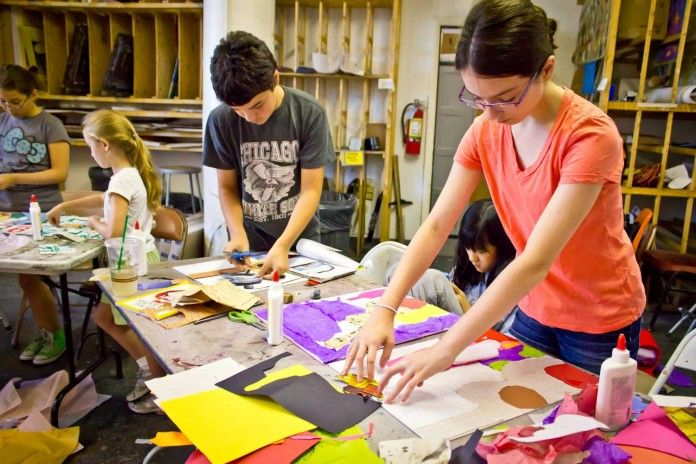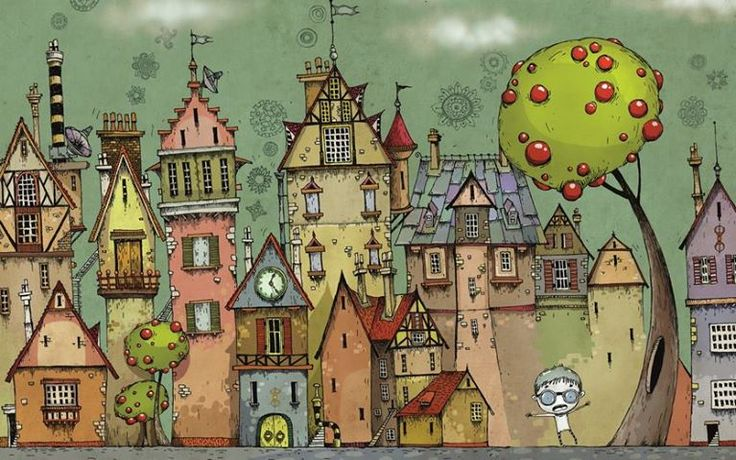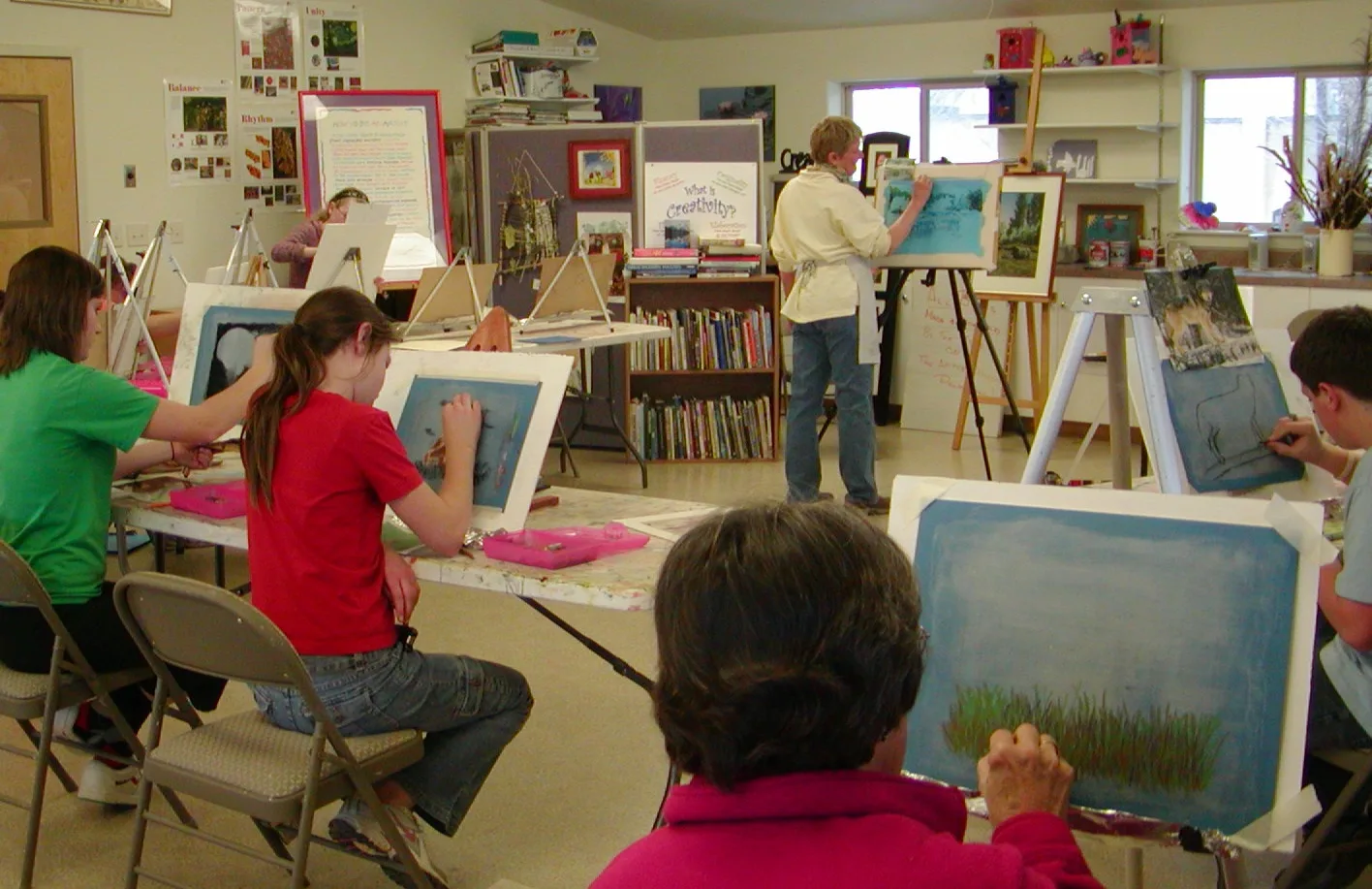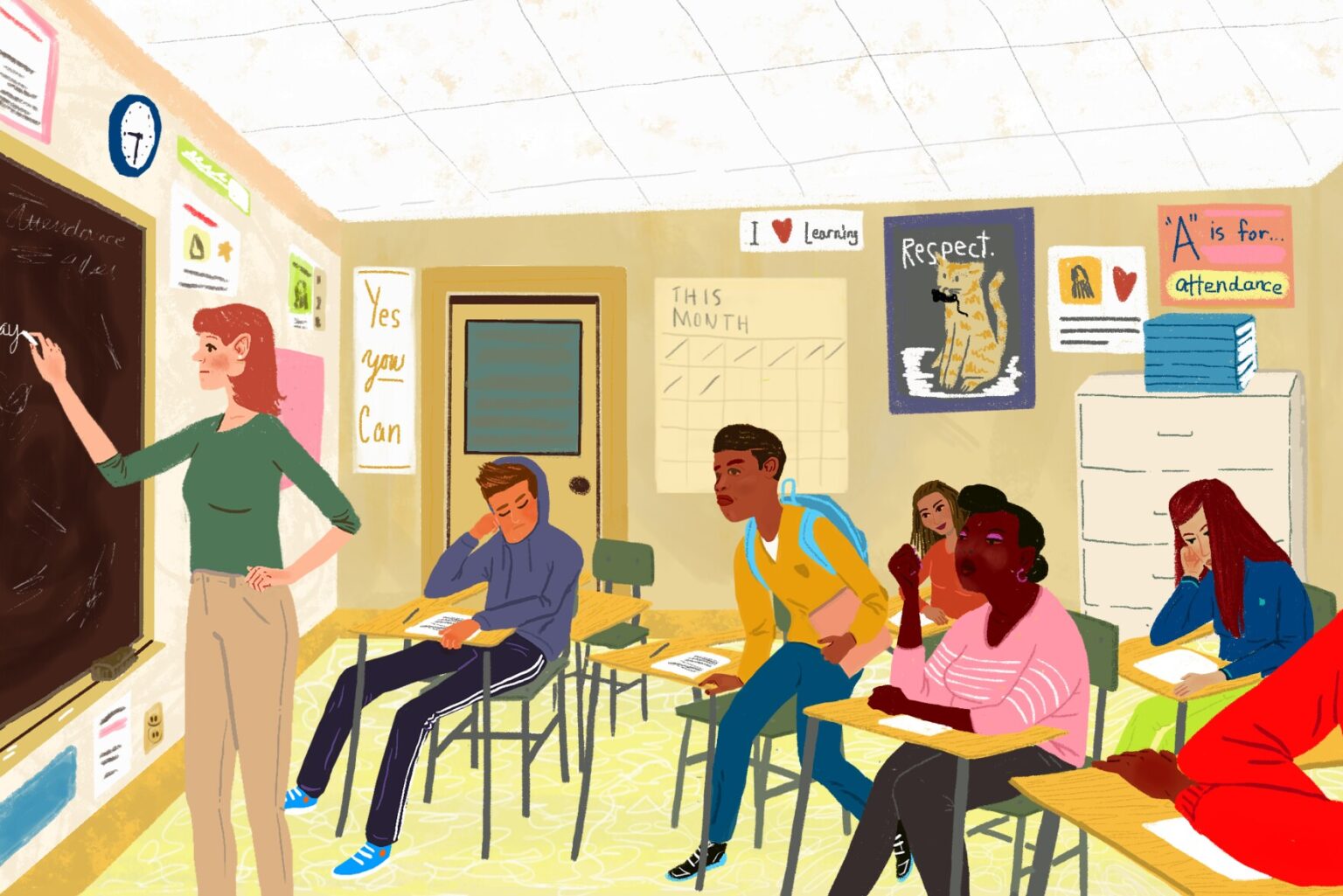Art has been a part of human culture for thousands of years, serving as a mirror to society, an outlet for emotion, and a testament to human imagination. Beyond its aesthetic value, art holds profound lessons that transcend canvases, sculptures, and melodies, resonating with our personal and collective lives. By understanding and appreciating art, we unlock insights into human experiences, our connections with each other, and the ways we can navigate life’s challenges. This article delves into the valuable lessons from the art and how these teachings can impact our perspectives, personal growth, and resilience.
1. Embracing the Process Over Perfection

One of the most impactful lessons from the art world is the value of the creative process. Artists often spend years mastering their craft, experimenting with techniques, and learning from their mistakes. For every masterpiece we admire, countless sketches, drafts, and failures lie behind it. This journey teaches us that perfection isn’t the goal; instead, growth and persistence are what truly matter.
In life, we are often driven to achieve immediate success, yet the art world shows us that progress takes time. Like an artist refining a skill, we can apply this lesson by embracing our personal development journeys and acknowledging that every effort, no matter how small, contributes to our overall growth.
2. The Power of Perspective
Art is inherently subjective; each viewer may interpret a piece differently based on their background, beliefs, and emotions. This diversity in perception teaches us about the importance of perspective. Just as two people might see contrasting meanings in a single painting, people in life bring unique viewpoints to any situation. Learning to appreciate different perspectives can foster empathy, improve our understanding of others, and broaden our worldview.
Additionally, shifting our perspective in challenging times can help us find solutions or see things in a more positive light. The art of looking beyond the obvious and exploring alternative interpretations encourages flexibility, making us better equipped to handle complex situations in life.
3. Embracing Vulnerability and Authenticity

Artists often express their deepest emotions through their creations. Whether through painting, writing, or music, they convey joy, sorrow, anger, and hope. This vulnerability not only makes art relatable but also inspires audiences to embrace their own emotions. In doing so, art teaches us the value of authenticity.
In life, showing vulnerability is sometimes seen as a weakness. However, being open and honest about our feelings can create deeper connections with others and encourage mutual support. Art reminds us that embracing who we are, flaws and all, leads to a more authentic and fulfilling existence.
4. Finding Beauty in Imperfection
The Japanese art of kintsugi, which involves repairing broken pottery with gold, celebrates the beauty of flaws. This art form teaches us that imperfections can add character and value to an object. Similarly, many modern and abstract art pieces reveal that beauty is not always symmetrical or conventionally “perfect.” These expressions help us appreciate that imperfection is not only acceptable but can also be beautiful.
In life, striving for perfection often leads to frustration and self-doubt. Learning to accept and appreciate our imperfections, just as we do with certain forms of art, can lead to greater self-compassion and resilience. Embracing our unique traits and experiences, including mistakes, makes us more complete and genuine individuals.
5. The Importance of Resilience
Every artist faces rejection, criticism, and self-doubt. Yet, the most successful artists are those who persist in the face of these challenges. They learn from criticism, adapt, and continue creating. This resilience is a fundamental lesson that the art world imports to us.
In life, we will encounter setbacks, whether in personal relationships, careers, or self-growth. The resilience that artists demonstrate inspires us to push through difficult times, understanding that failure is not the end. It’s a part of the journey that shapes us, just as every brushstroke contributes to a painting.
6. Art as a Reflection of Society

Art often mirrors society, reflecting its values, struggles, and changes. From ancient cave paintings to contemporary street art, artists have used their work to comment on social issues, document history, and inspire change. For example, Pablo Picasso’s Guernica vividly portrays the horrors of war, while Frida Kahlo’s self-portraits explore themes of identity, pain, and resilience.
By analysing art as a societal reflection, we learn to understand the contexts and experiences of different eras and cultures. This historical awareness fosters empathy and helps us recognize our place in the ongoing narrative of humanity. It also reminds us of our power to influence society, inspiring us to contribute positively to our communities.
7. The Value of Self-Expression
Art encourages self-expression in its most genuine form. Artists use various mediums to communicate what words alone may not convey, whether joy, anger, love, or despair. This self-expression offers a release and brings clarity, helping individuals make sense of their emotions and experiences.
In our own lives, finding ways to express ourselves—whether through art, writing, or other medium—can have therapeutic effects. It helps us process emotions, reduce stress, and gain insights into our inner selves. The lesson here is that self-expression is not just an artistic endeavour but a necessary practice for personal well-being and mental health.
8. Adapting to Change and Innovation
Throughout history, art movements have evolved in response to cultural shifts, technological advancements, and changing ideologies. The Renaissance, Impressionism, Modernism, and Postmodernism are all testaments to how art adapts and grows. Artists often embrace change, experimenting with new techniques, mediums, and ideas.
This adaptability is a valuable lesson for life. As the world changes rapidly, we are faced with the need to evolve continually. Art teaches us not to fear change but to view it as an opportunity for growth and innovation. By remaining open to new experiences and ideas, we can foster resilience and creativity in our own lives.
9. The Significance of Community and Collaboration
In many art forms, collaboration is essential. Theater, for example, relies on the combined efforts of actors, directors, designers, and technicians. Public art installations often involve community participation, turning creative expression into a shared experience.
Art highlights the importance of collaboration and community in achieving something meaningful. Similarly, in our lives, working together can enhance our sense of purpose, create bonds, and build communities. By valuing cooperation, we can achieve things greater than ourselves and contribute positively to society.
10. Finding Meaning and Purpose

Art often seeks to answer life’s big questions—who we are, why we are here, and what life means. While not every piece of art has a clear message, each one invites us to reflect and find personal meaning. This search for meaning teaches us that purpose is often found within the journey of exploration itself.
In our lives, we may seek clarity or purpose, but the journey of exploring possibilities and embracing uncertainty can be just as valuable. Art encourages us to find significance in the little moments, inspiring us to live with curiosity and an open mind.
Conclusion: Lessons Beyond the Canvas
The lessons we draw from art—embracing imperfection, understanding the power of perspective, fostering resilience, and appreciating self-expression—are invaluable in shaping our lives. Art isn’t just an activity or a hobby; it’s a reflection of the human experience, offering us a deeper understanding of ourselves and our surroundings.
By incorporating these lessons, we can navigate life’s complexities with greater wisdom, empathy, and courage. Art reminds us that life itself is a creative journey, where every experience, emotion, and interaction adds to the masterpiece that is uniquely ours.










